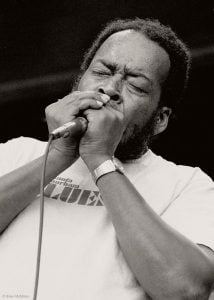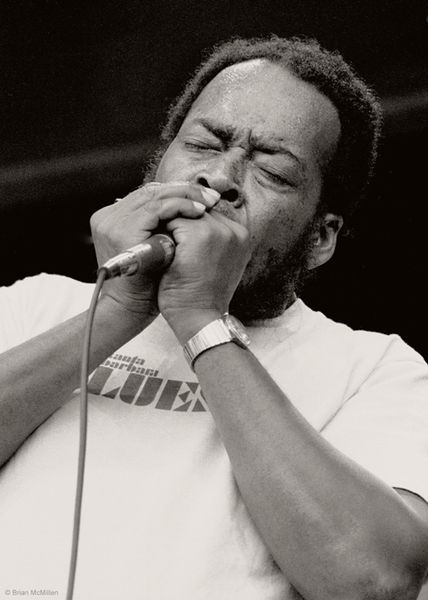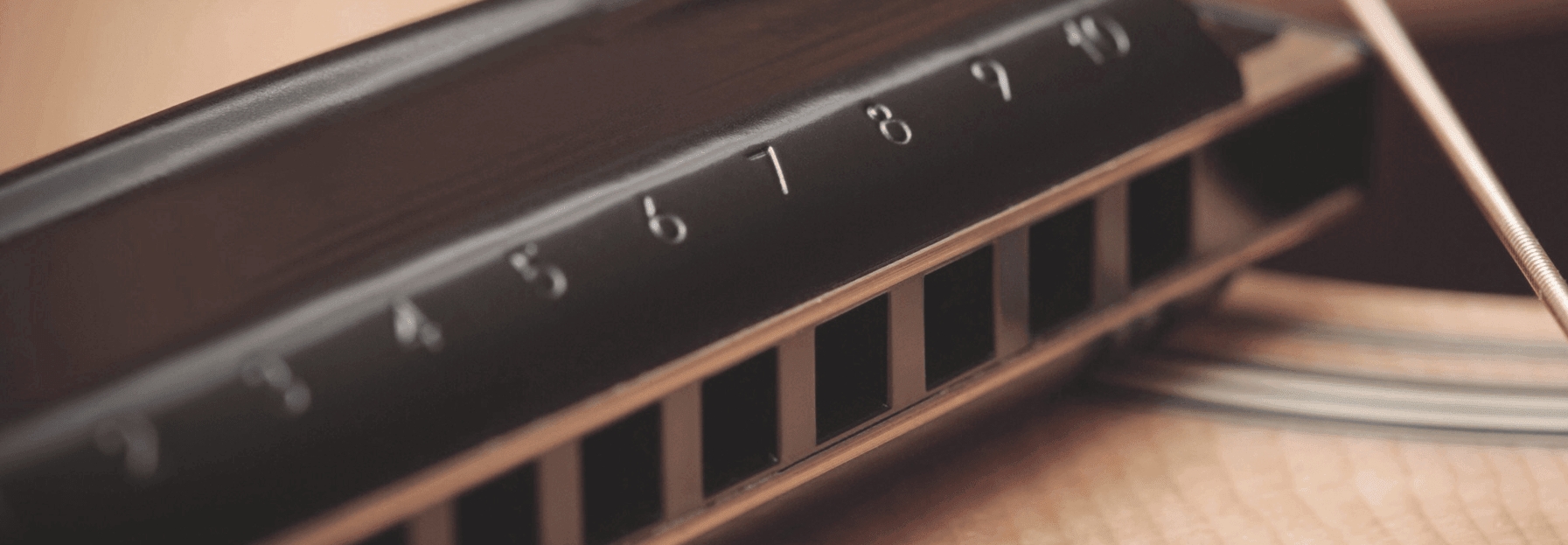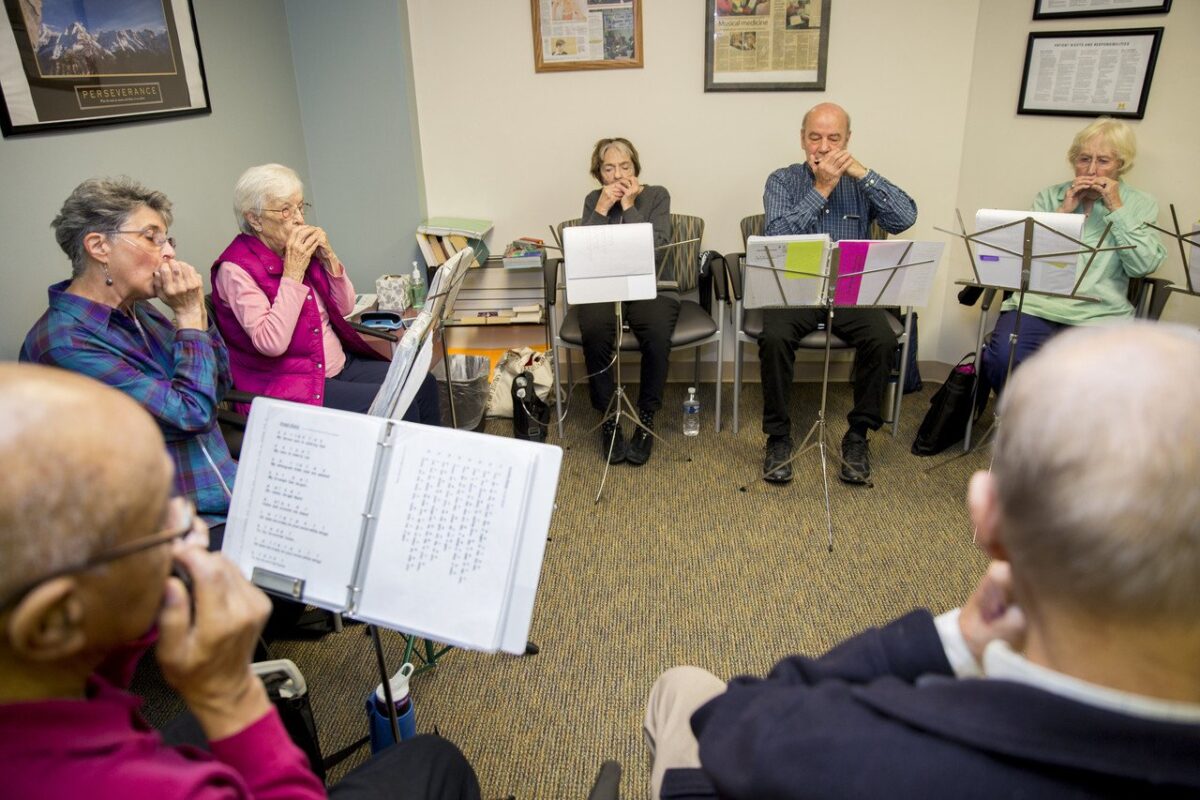
It’s a sad feature of the modern world that a significant event can easily be overshadowed in the popular consciousness if it happens to coincide with a different event that is deemed more newsworthy by the media.
Recent history is littered with examples of this kind of “popularity Top Trumps”, not least of which were Mother Theresa’s death being eclipsed by Princess Diana’s fatal car accident, and Groucho Marx’s passing away being dwarfed by the untimely demise of Elvis Presley.
And so, in the week that has given us the death of Chuck Berry, one of the true pioneers of early rock and roll, it is, perhaps, inevitable, that the loss of blues harmonica legend, James Cotton, has been somewhat overlooked.
Cotton, who was known for his virtuoso harp work, both as a solo artist and on recordings and performances with a range of blues and rock acts, died of pneumonia on Thursday 16th March 2017 in Austin, Texas, at the age of 81.
Early Life
Born in Tunica, Mississippi, but later moving to West Helena, Arkansas, where he met and was mentored by blues harmonica player and songwriter, Sonny Boy Williamson II, Cotton actually began his musical career, albeit the amateur part, as a drummer. It soon became clear, though, that the harmonica was where his talents lay, resulting in him being recruited, in the early 1950s, to Howlin’ Wolf’s band, where he remained for a number of years.
In 1953, he recorded his first solo record – Straighten Up Baby – for Sun Records, following this with a second single – Cotton Crop Blues.
From Blues to Rock
After a stint recording and touring with Muddy Waters, Cotton, by then nicknamed “Mr Superharp” in honour of his talent on the harmonica, fronted a number of eponymous bands, including the James Cotton Blues Band. During this time he released a range of live and studio albums, including 100% Cotton, High Energy and Live and On the Move. He combined this work with his own bands with forays into blues rock territory through collaborations with artists such as Janis Joplin, The Grateful Dead, Led Zeppelin and Santana, amongst others.
Awards
In the 1970s he resumed his work with Muddy Waters, which reached its zenith with the Grammy award-winning Hard Again LP, released in 1977. The 1980s brought further Grammy nominations for his Live in Chicago and Take Me Back albums, then in 1996 he received a Grammy in the Best Traditional Blues Album category for his Deep in the Blues LP. His work in the 2000s included Grammy-nominated studio albums, Giant and Cotton Mouth Man.
He was inducted into the Blues Hall of Fame in 2006 and in 2010 was honoured by New York’s Lincoln Center with an all-star concert. The Festival International de Jazz de Montréal paid tribute to Cotton with their 2015 B.B. King Award for his contributions to the blues.
Later Years
Cotton continued to tour, even as a senior citizen, and credited this as a means by which he felt younger:
“That’s because I like to see people dance and have a good time,” he told one interviewer. “I like to keep it up, keep it moving. I always liked people like Jimi Hendrix, Janis Joplin and Santana. I don’t sing much anymore but I don’t let it bother me too much, I just concentrate on blowing harp more.”
Playing Style
As a blues harp player, Cotton was renowned for his explosive style, precise choice of notes and tonal variety.
The New York Daily News described him as, “The greatest blues harmonica player of all time.” NPR Weekend Edition offered a similar tribute: “Conjure up a list of all-time great blues harmonica players, and high up on it you’ll see the name James Cotton.”
Primarily a diatonic harp player, Cotton tended to use various types of Seydel 1847 harmonicas, including the 1847 Silver, which can be heard on many of his live recordings.

Legacy
Cotton’s hard-blowing style has influenced generations of harmonica players, and his work with Muddy Waters was particularly significant in the impact it had on later rock bands, such as the Rolling Stones.
He is survived by his wife, Jacklyn Hairston Cotton, two daughters, a son, and numerous grandchildren and great-grandchildren.



